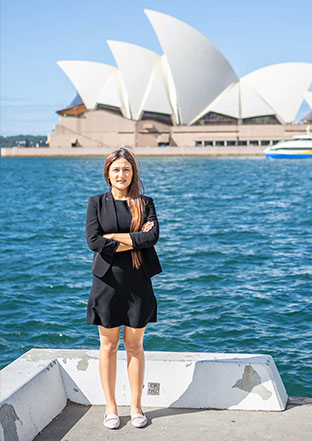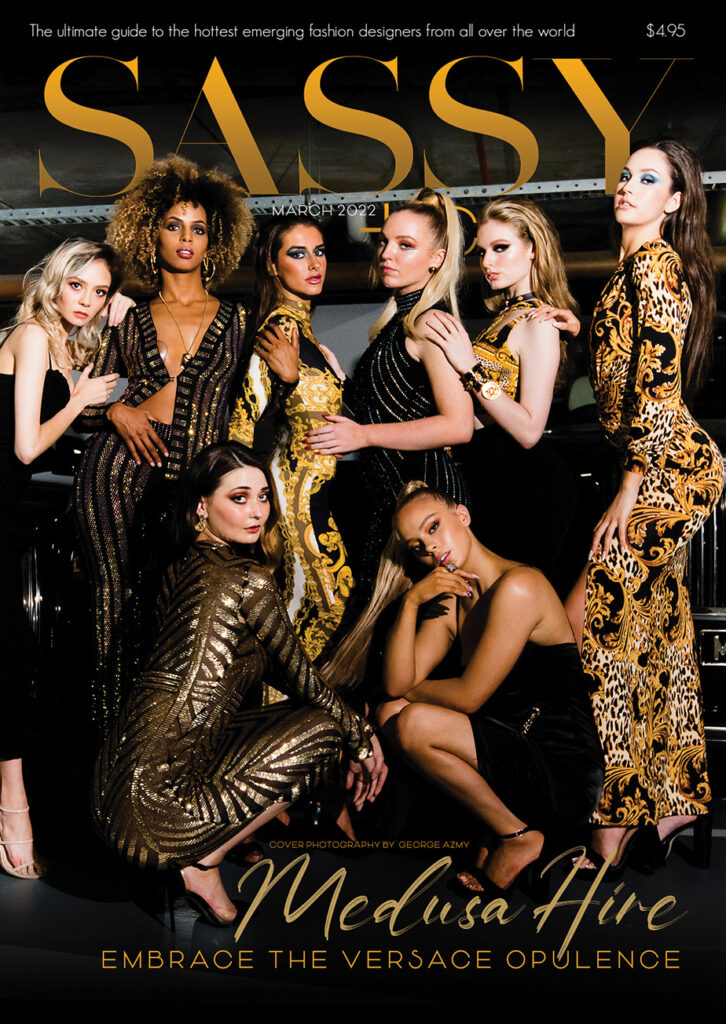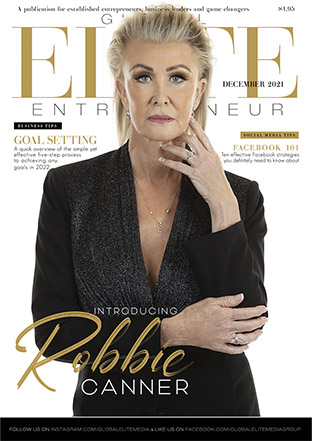For women being svelte, slim, or even skinny has been a perpetual ideal. It’s about those last kilos that won’t budge and about counting and denying an excess of calories – feeling guilty about that bar of chocolate or envying that impossibly thin editorial model. And, in the battle for weight loss, the scales are the barometer of self-esteem.
Lately, though, attitudes do appear to be shifting – in a very general way. While long lithe limbs and jutting hipbones will always be the paradigm of beauty on the catwalk and in editorial, it is becoming fashionable to be fit. Chances are if you take a look at your Facebook news feed at some point you’ll find memes such as “do you even lift” and “she squats” on there.
But what if it wasn’t about what you lost, but what you gained? Not so much in weight… but in strength, health and muscle tone. What if fitness was the primary objective and not a specific, perfect number on a scale?
For a lot of people, a fit body is becoming the ideal over a skinny body. It’s all about working out and willpower. It’s about nutritious food to fuel the body. Mostly, it centres on the idea that looking fit, toned, and muscular, as a woman is desirable. Fitness models are becoming more and more in demand and “Fitspo” (or fitness inspiration) is a trending topic throughout social media. Photos of ripped, lean, and taut bodies and healthy, low-calorie meals are posted as aspirational fodder for followers on Facebook, Twitter, Instagram, Pinterest, etc.
This fairly recent explosion of “Fitspo” is in direct contrast to web epidemics promoting anorexia that has been in existence for some time. The very scary “Pro-Ana” or “Thinspiration” agenda is an online sisterhood of food avoiders and fat haters that post advice such as “40 reasons to starve today.” The top tip to be found on a “Pro Ana” website? “Wear nail polish to cover up the bluish tinge that starvation gives you so others don’t suspect it as much.”
Pro Ana” is, undeniably a very alarming example of an overreaching, incredibly unhealthy and sometimes deadly need for women to be thin – to subscribe to a body image ideal. The archetype for the “Fitspo” devotee manifests in the lifestyle, behaviour and attitude of the fitness model. And, there certainly is a strict criterion for someone with a fitness model physique: numerous hours in the gym, avoidance of alcohol and the strict consumption of healthy low calorie food. Following the fitness trend can/does require specific expectations and pressures – for example the use of protein shakes, supplements, very low body fat and absurd physical standards such as “thigh gap”.
However, the biggest difference in both approaches (an aspiration to have a thin body or an aspiration to have a fit body) is in their application to the extremes. While it is possible to be addicted to exercising, being strong requires energy and nutrition is a perquisite. Gaining muscle boosts metabolism and cardio vascular training improves the heart, circulation and overall health. This is in stark contrast to strict diets/fasting and starvation – often resulting in poor health or even death.
To weigh it all up, it is important to note there is more to the body image debate then Fit vs. Skinny. There are many different body types and lifestyles. However, where once the mantra of “nothing tastes as good as skinny feels” (courtesy of a pre-pubescent looking Kate Moss) was bandied about amongst the era of heroin chic, in today’s digital age “strong is the new skinny”. Perhaps the public’s ability to engage in dialogue and preferences on the topic are influencing a shift in attitude that is beginning to filter through to the media – as opposed to the other way around.
While there’s no denying that there’s always a prescription to follow when it comes to body image alternatives (whether fit or skinny) the increasing representation of strong, fit and toned women as desirable commodities is a welcome and refreshing phenomenon.








